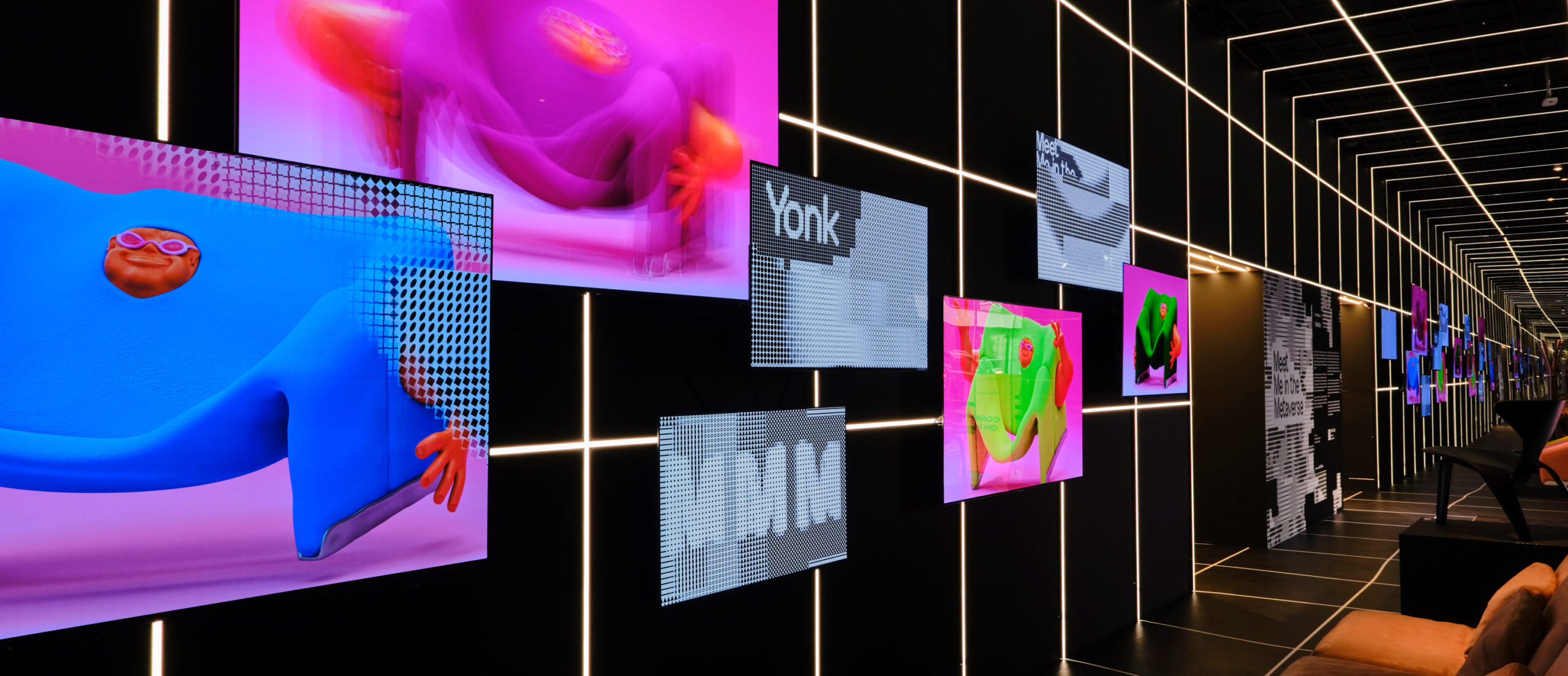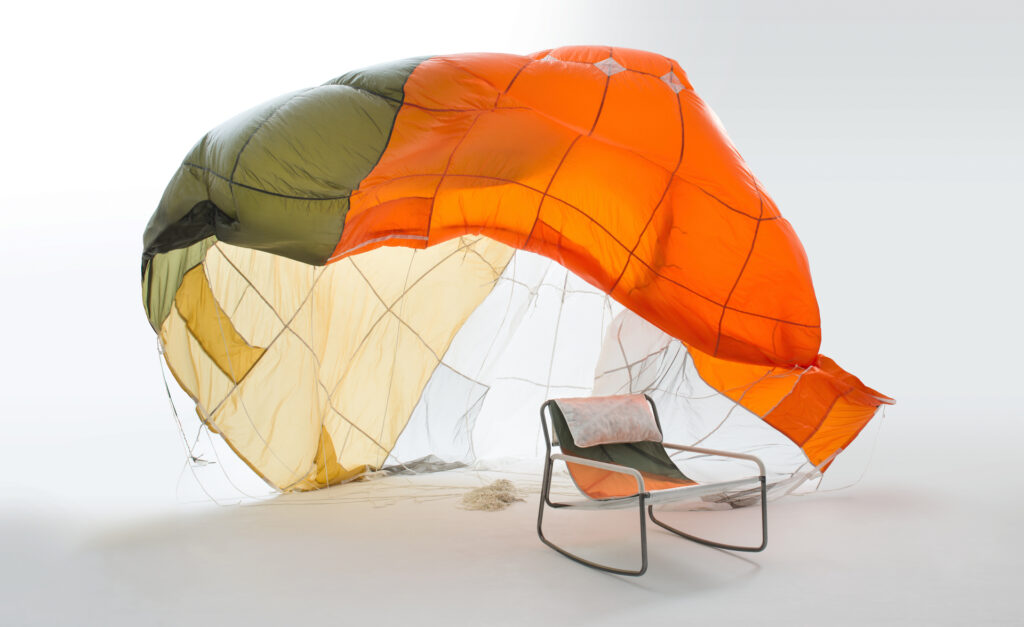Effect Magazine’s Dominic Lutyens rounds up the key themes and trends emerging from 2022’s autumn design fairs, including Singapore Design Week, Salon Art + Design, London Design Festival and Decorex
Design weeks have mushroomed in cities all over the world in the past decade. One particularly trailblazing example is the London Design Festival (LDF), which celebrated its 20th anniversary in September. And a destination that is growing in prominence and prestige is Singapore Design Week (SDW), also held last month.
Founded in 2014, the latter returned this year after a two-year hiatus imposed by the pandemic. Although it displays designs produced by international brands, visitors from the west are most likely to be drawn to Singaporean design. SDW also provides an opportunity to see design from Southeast Asia as a whole.
Sustainability came high on SDW’s agenda this year, which might surprise first-time visitors confronted by the city’s skyline of futuristic skyscrapers. Yet vegetation peeps out of roofs, balconies and walls everywhere, a manifestation of the Singaporean government’s long-held commitment to greening the city and endorsement of biophilic design principals and environmentalism.

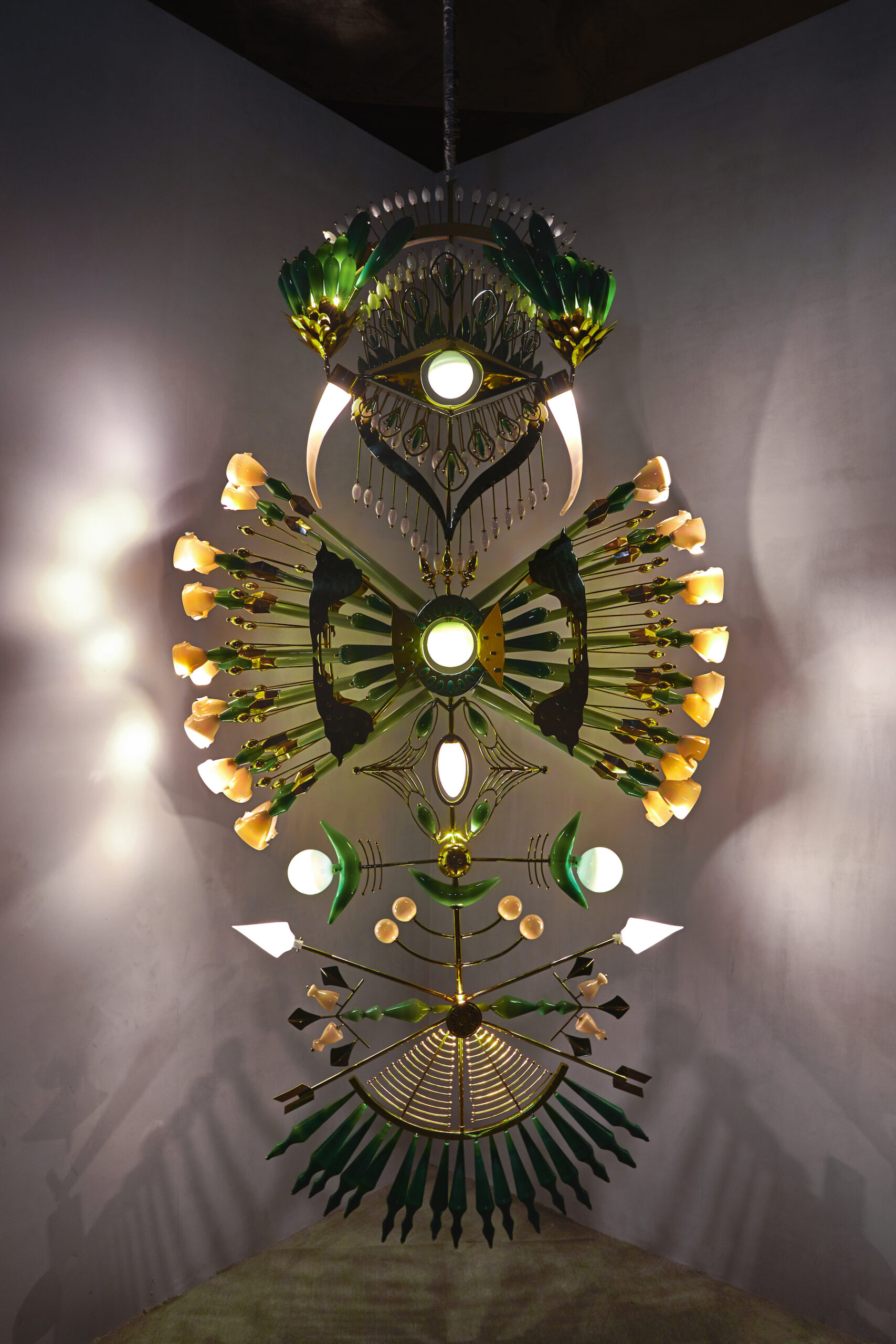

Another hot topic at SDW was socially responsible design, explored at its design symposium Agency for the Future: Design and the Quest for a Better World. Its international roster of speakers included British architect Thomas Heatherwick, who designed Singapore’s 22-storey residential tower Eden that incorporates a vertical forest.
Asked what makes SDW unique, festival director Mark Wee told Effect: “We want to contribute to the global conversation about design via our symposium and spotlight our journey of self-sufficiency – how this could be useful for the design community generally. Debuting this year is FIND – Design Fair Asia, a new design fair that spotlights the Asian market for design, which no one else is doing.”
Recycling/upcycling
One of SDW’s main draws was the Emerge exhibition at FIND, which partnered with Fiera Milano, home of Milan’s Salone del Mobile fair. This displayed work by over 60 designers from Singapore, Indonesia, Malaysia, the Philippines, Vietnam and Thailand. “Emerge’s focus is on Southeast Asia, a part of the continent that is rarely acknowledged, let alone applauded, for its design,” says curator Suzy Annetta, editor-in-chief of Asia-based magazine Design Anthology. Emerge’s key theme was materials used in unexpectedly innovative ways – from bamboo, silk, ceramics and resin to others derived from normally overlooked waste matter, from reprocessed cow dung to used cigarette butts, the latter transformed into surprisingly good-looking products.
Eye-catching pieces included a white and orange Mel lounge chair, made of polypropylene rope wound around aluminium frames by Thailand-based designer Sarunphon Boonto of design brand Mooque. Thomas Binh-Minh Vincent of Elek in Vietnam showed his tables whose frames cradled trays cleverly made of the woven bamboo steamers used to cook and serve dim sum.
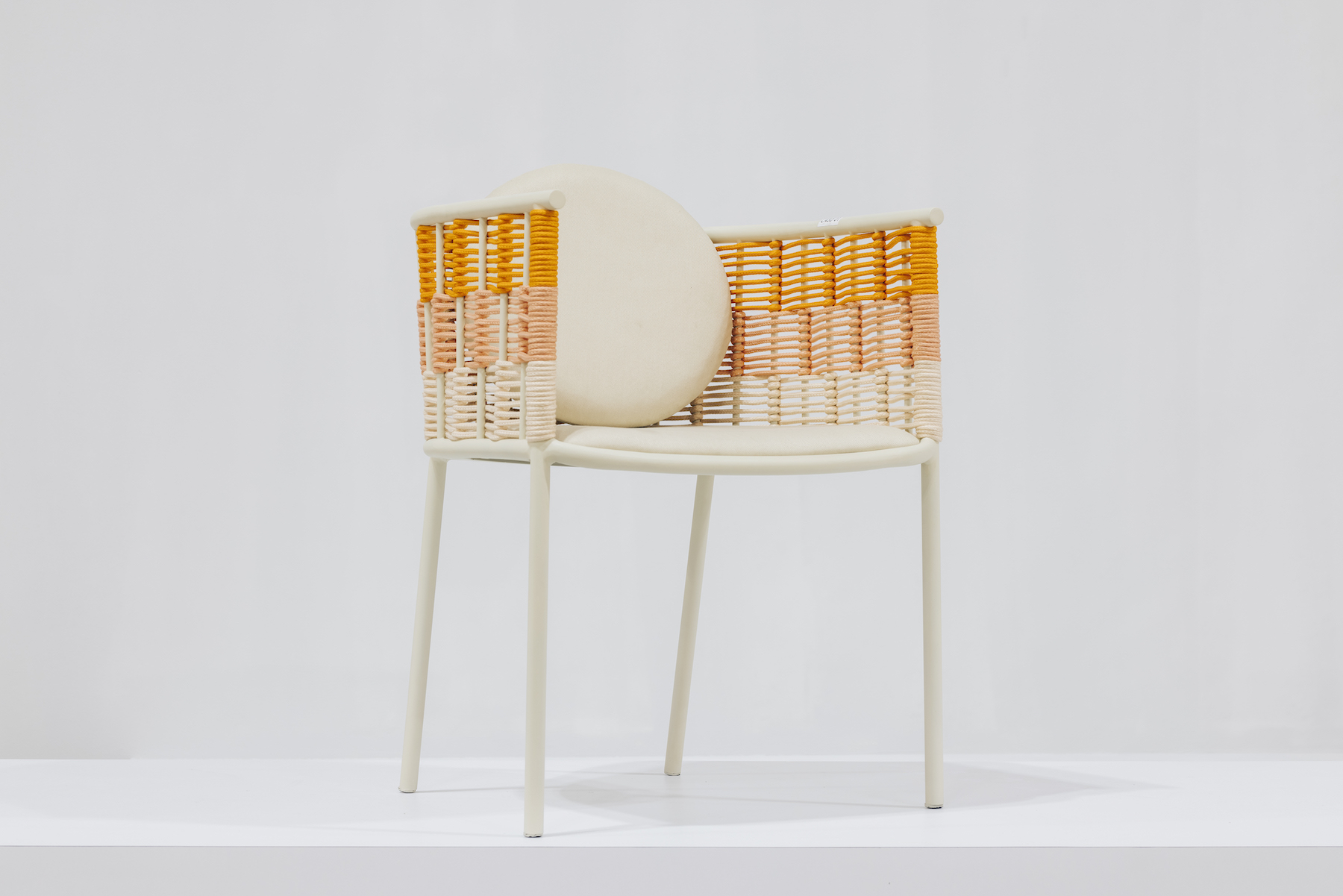
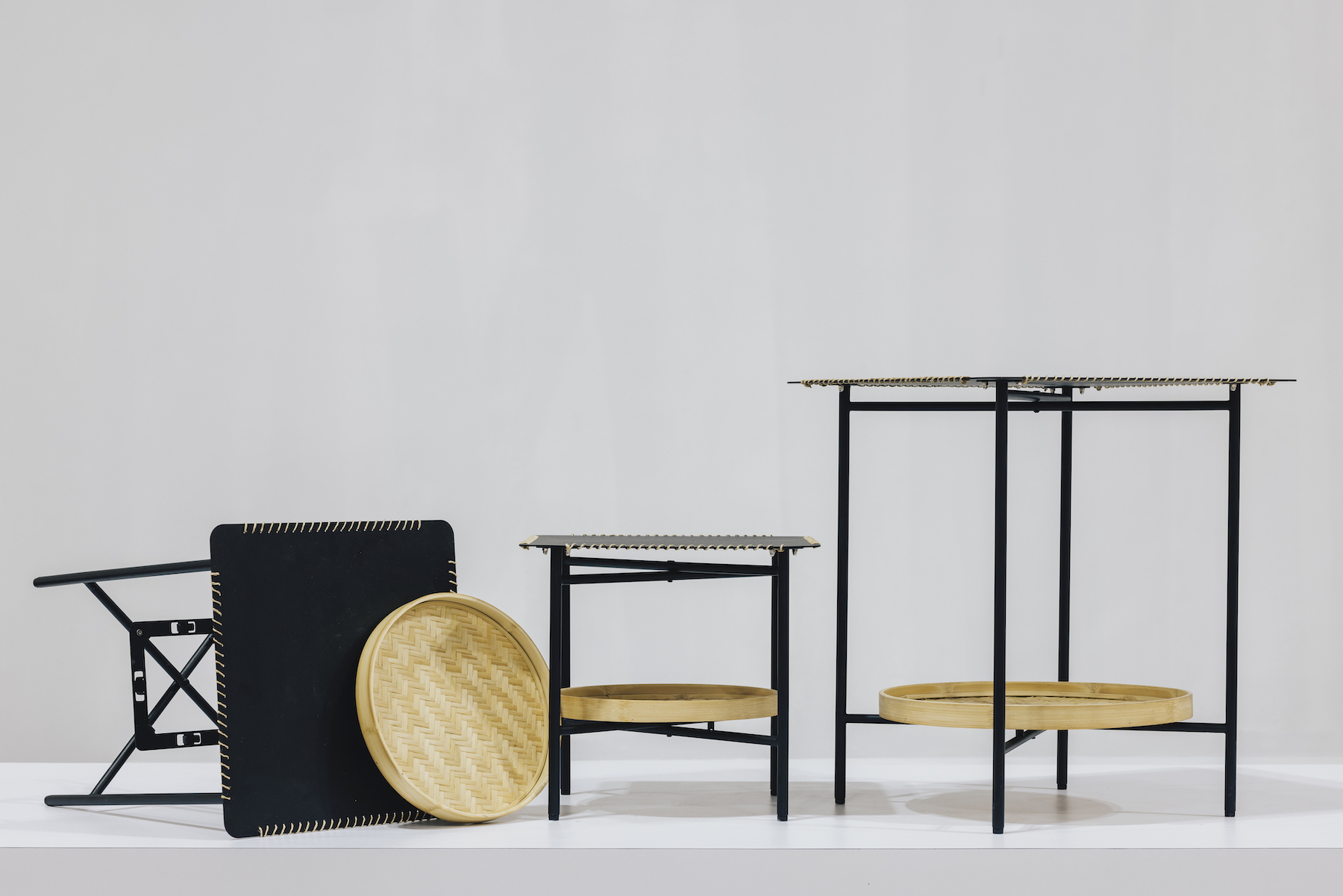
The reuse of cow dung by Indonesian designer Adhi Nugraha resulted in high-end-looking pieces that include table lamps – aptly reminiscent of cow horns – to bucket-like stools that double as storage containers. And Pipidh Khowsuwan & Anchana Thongpaitoon of Salt and Pepper Design Studio in Thailand presented their streamlined, black metal and woven rattan sofa-cum-bench.
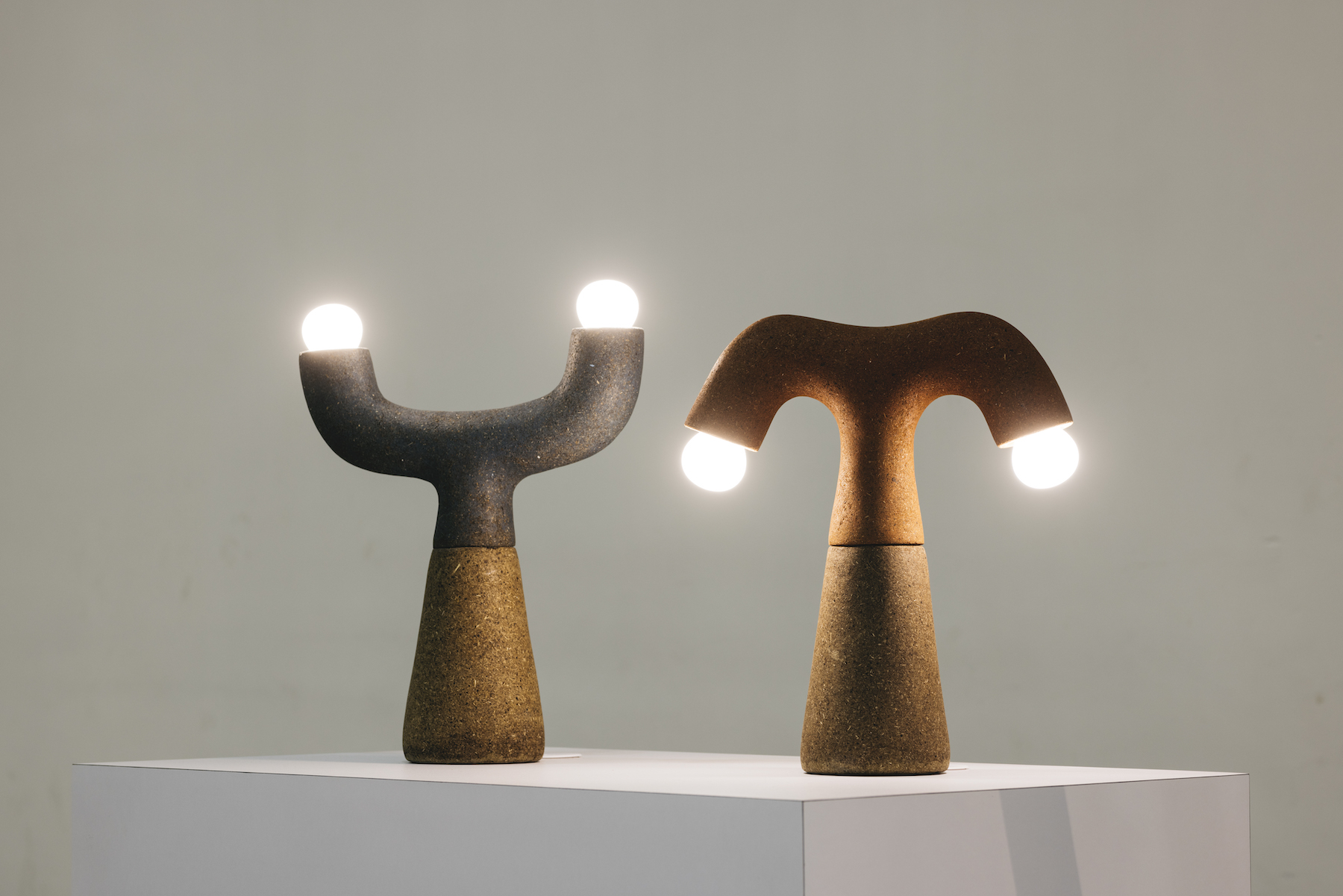
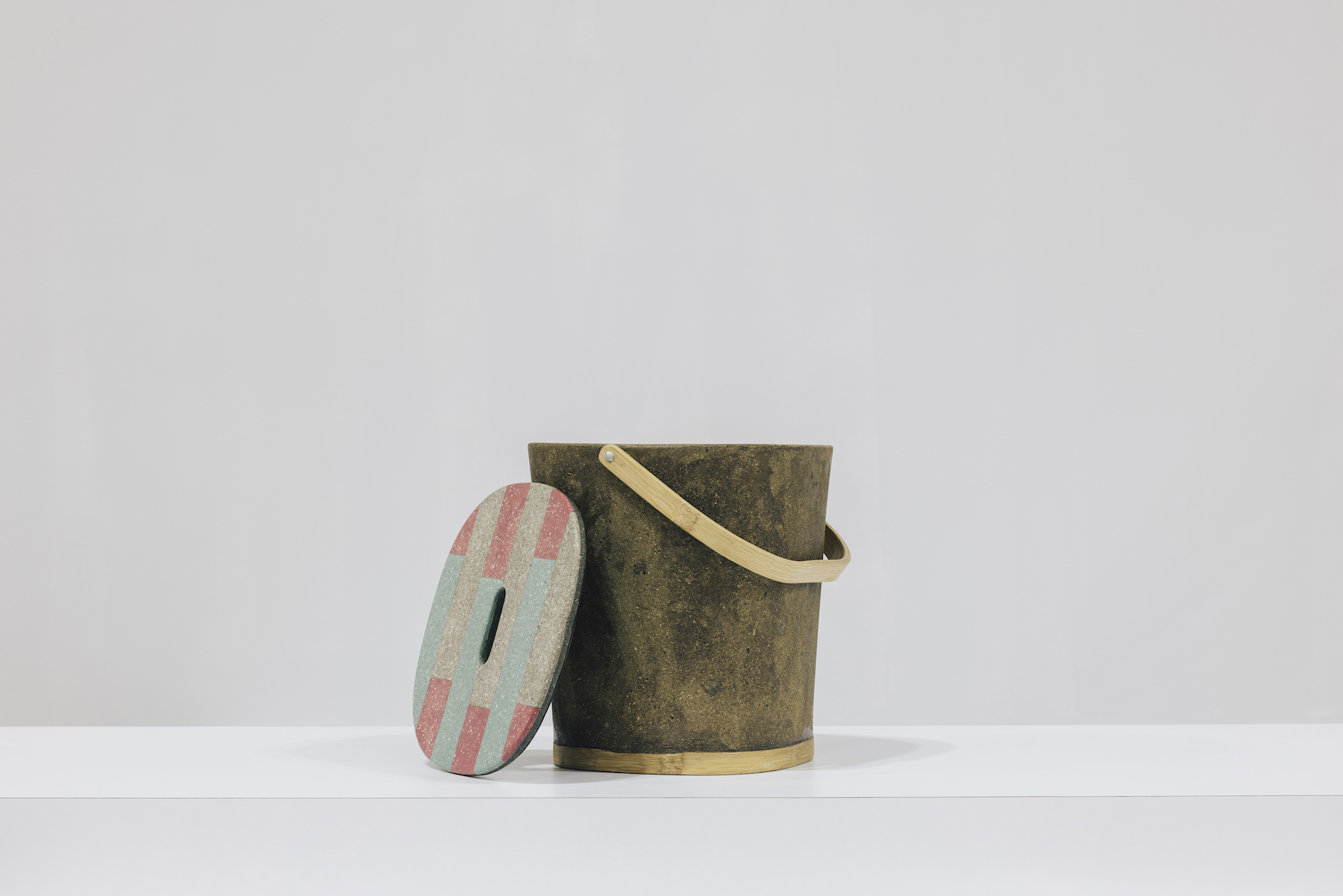
Singaporean design was given an airing at LDF at the show R is for Repair: London x Singapore, co-curated by Singapore’s Hans Tan Studio and LDF stalwart curator Jane Withers. The show, held at the Victoria & Albert Museum, exhibited pieces – originally broken household items – submitted to the general public then repaired and given a new lease of life by designers. A standout piece was an old sewing chest whose fragmented components were assembled by Rio Kobayashi into a glass-topped table.

A new nesting instinct
A major concern at LDF was a yearning for domestic comfort. At its Brompton district in South Kensington, Withers curated the show Make Yourself at Home, inspired by the idea of home as a haven in our turbulent times. This comprised several exhibitions, including Two Kettles, No Sofa that imagined a scenario where a couple, moving in together, have to reconcile their differences in taste for design. Brainchild of designer James Shaw and writer Lou Stoppard, it consisted of Shaw’s idiosyncratic chairs, desks and beds, including his Plastic Baroque chairs made of extruded high-density polyethylene plastic that resembles piped icing sugar.


In Clerkenwell, gallery Viaduct showed the work of Belgian design duo Muller Van Severen, whose furniture has an invitingly domestic quality, not least their classic Red Duo Seat, amalgamating two chairs and a floor lamp. Also reflecting this nesting instinct is Decorex Diningscapes, which will be a major feature at October interiors fair Decorex, held in Olympia, London. This will showcase table-settings in several styles by such designers as Christian Bense and Les Ottomans. “Our diningscape feature was born through the continuing trend for tablescaping and a desire to create an experience around the dinner table,” says its events director Sam Fisher. “The trend is aligned to people wanting to create an experience in their home for family and friends to enjoy – and to a rise in beautiful tableware.”
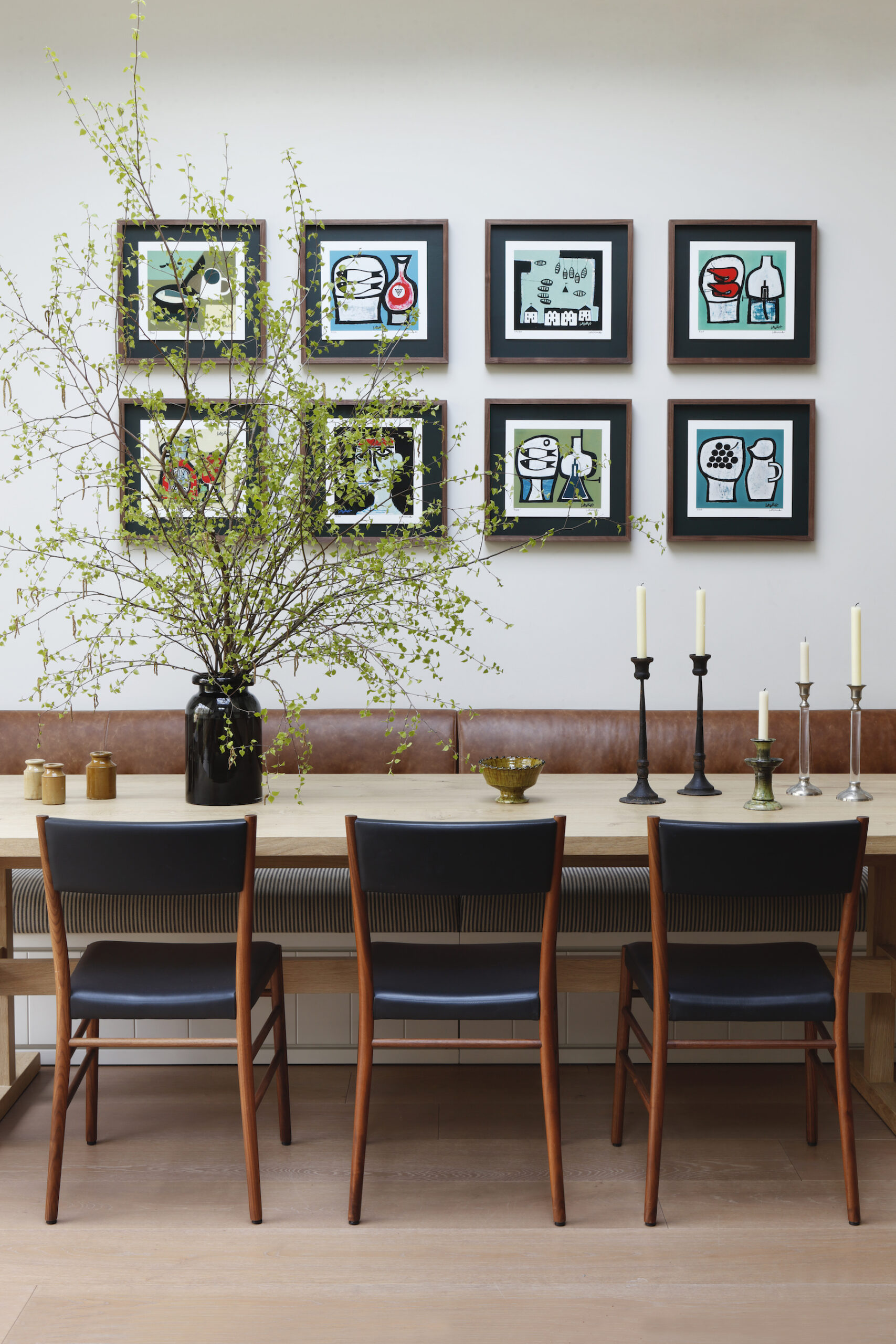

Glass alchemy
Glass came to the fore at LDF and Salon Art + Design in New York City. Canadian designer Omer Arbel, founder of design and research studio Bocci, took over the John Madejski Garden at the V&A with an eight-day demonstration of glass-blowing. This saw him take copper and glass antique pieces sourced from flea markets and vintage stores and transform them into intriguing iridescent objects.
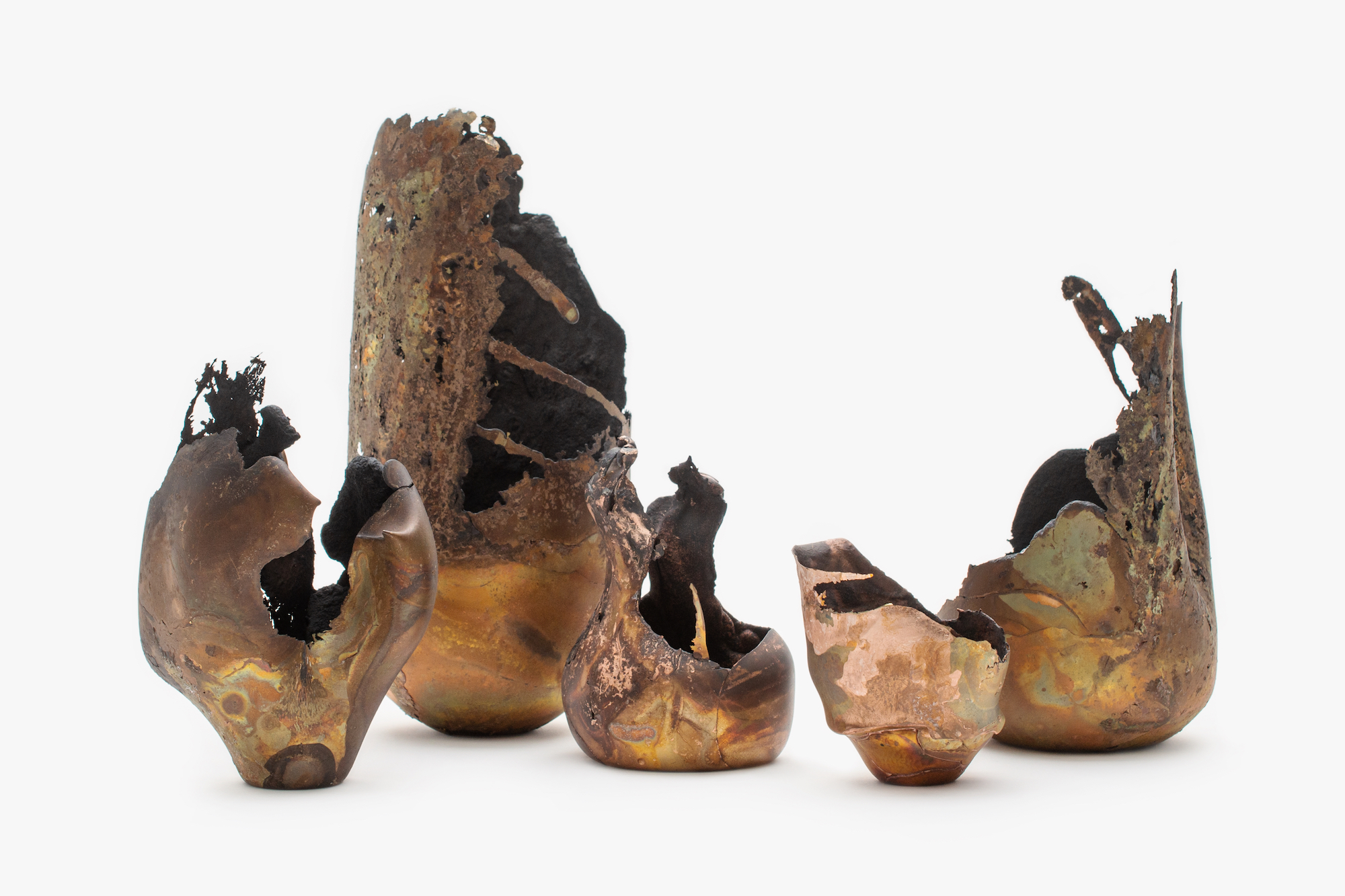
This highlighted a new trend at fairs – the public’s thirst for a performative presentation of design as an alternative to showing static objects. Otherwise, designers are capitalising on the spectacular effects of glass. Take the new glass and metal pieces of Klove, which will be unveiled at Salon Art + Design in November. Prateek Jain and Gautam Seth of the New Delhi-based duo will present their spectacular Totems of Time collection of hand-crafted lighting that draws inspiration from Art Deco-era design in India as well as motifs evoking ancient civilisations.
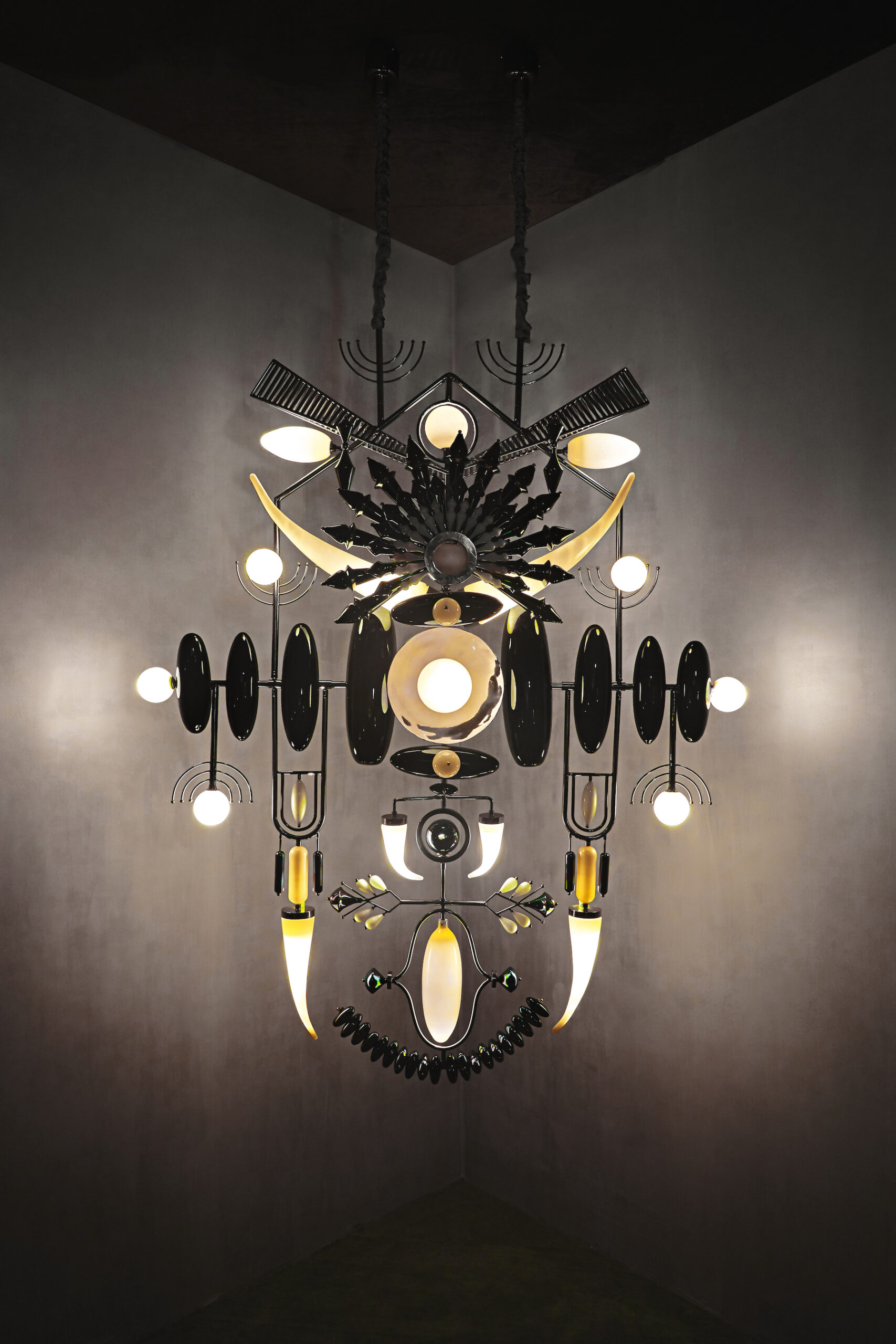
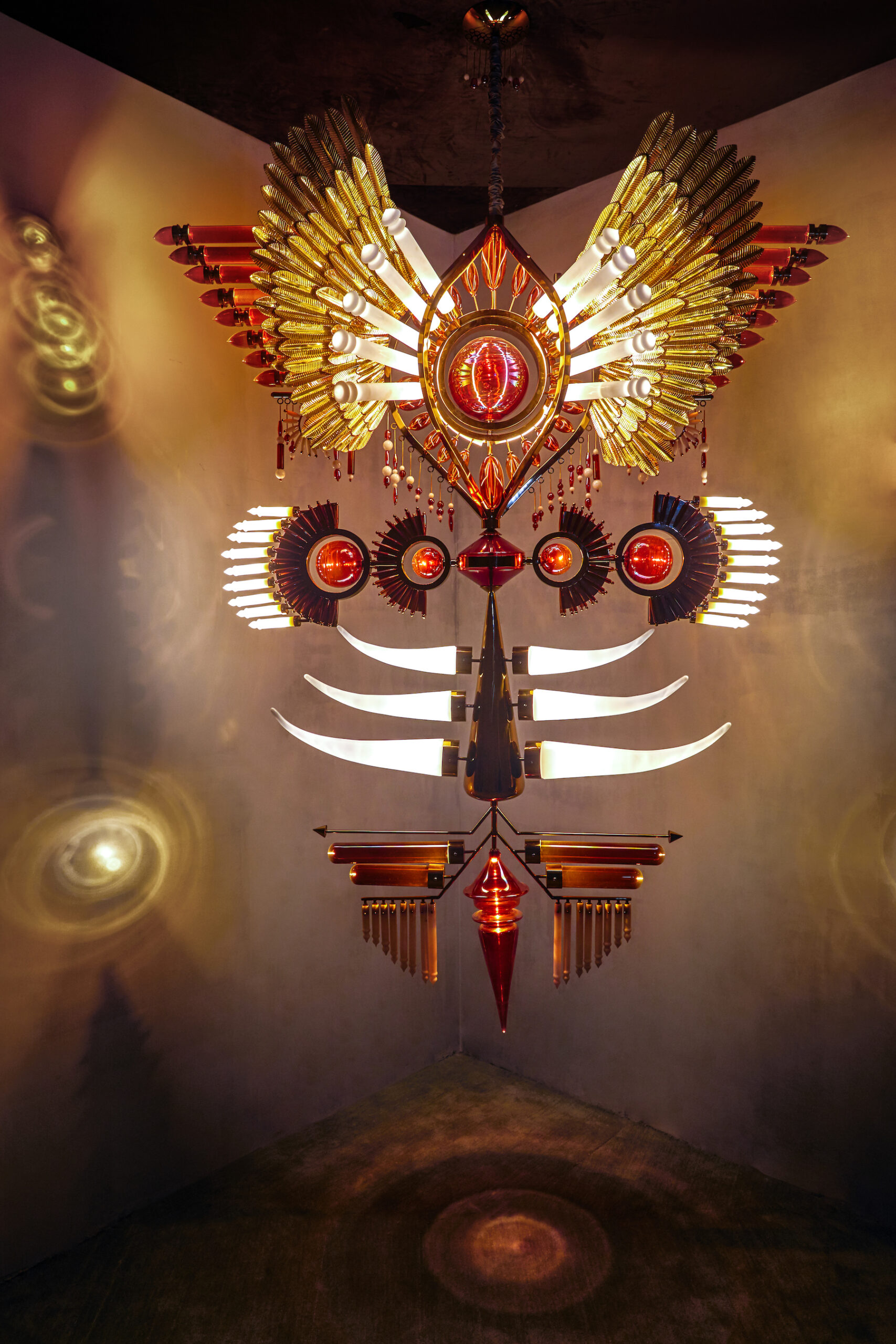
Celebrating craftsmanship
The trend for design shown in a performative way promises to be a key attraction at Decorex, too. Its Upstairs at Decorex sideshow will include a Making Spaces section, where craftspeople will demonstrate the specialist skills involved in making their products, including Nat Maks’ dexterous mastery of the ancient Japanese art of suminagashi when making her covetable marbled papers and designer Ellen Merchant’s method of making her hand-drawn wallpapers and fabrics with an Arts and Crafts vibe.
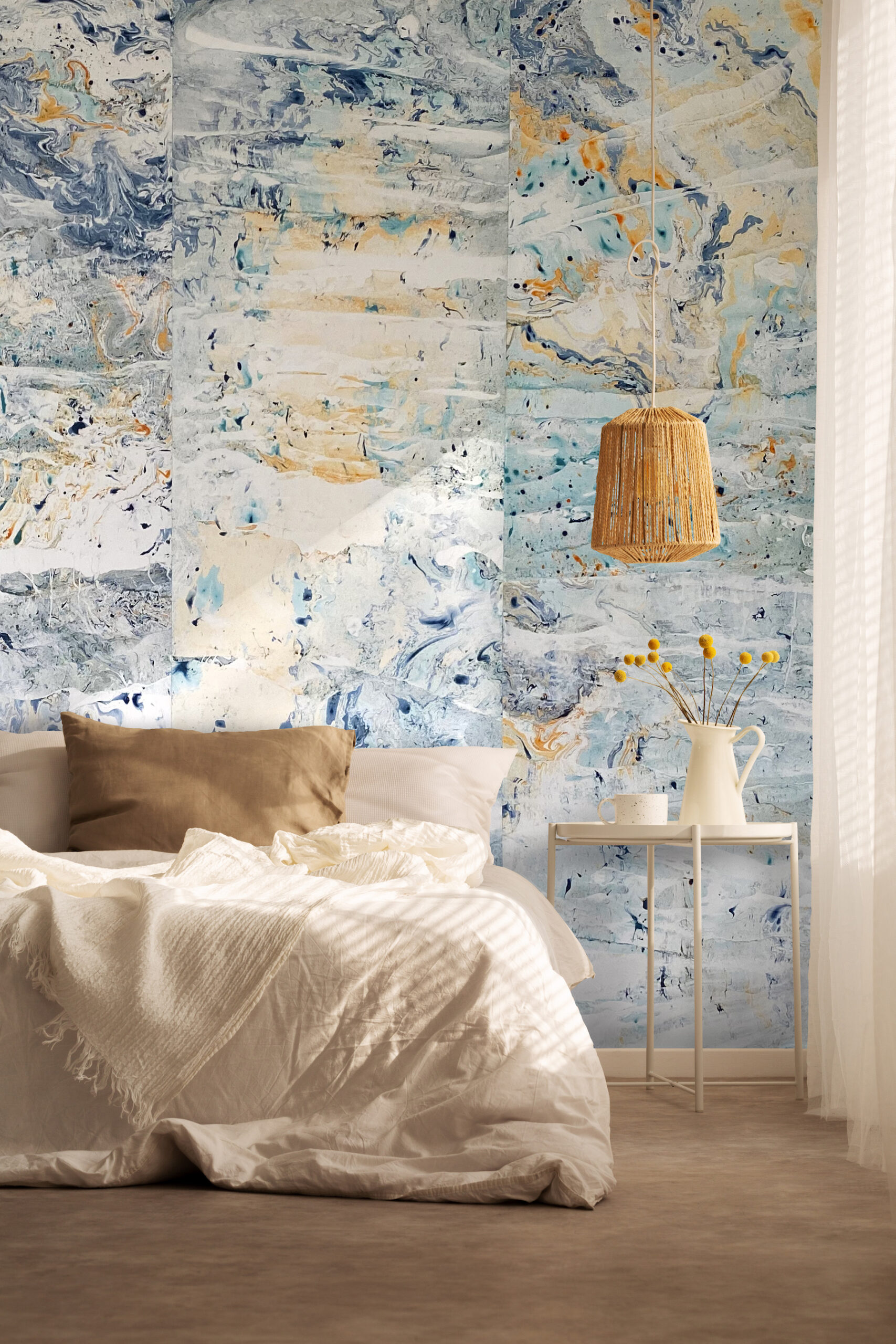
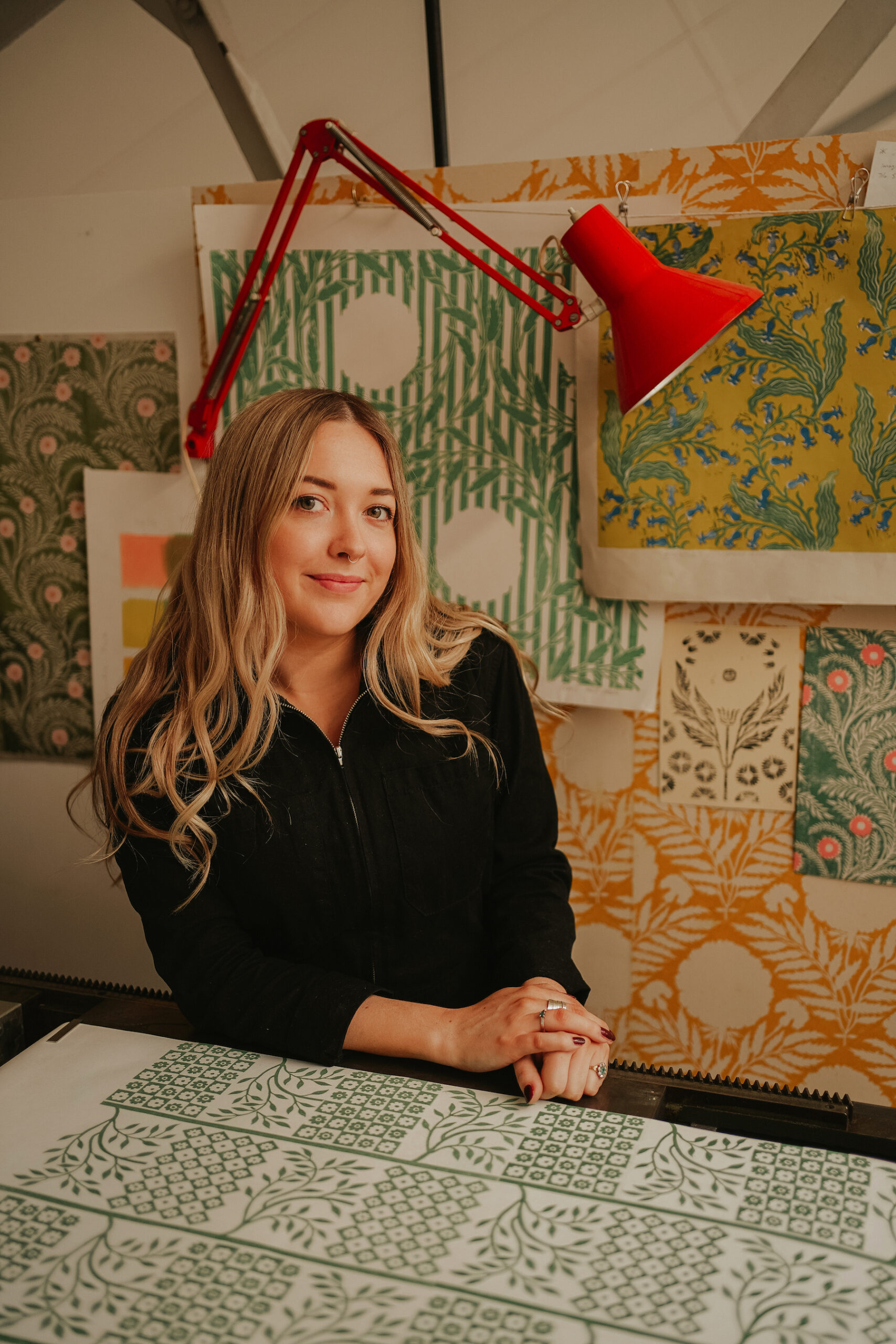
Design and the metaverse
Design and technology might not seem likely bedfellows, yet design has embraced technological advances in the past – from designers seizing on the advantages of using foam or injection-moulded plastic in the 1960s to exploiting the efficiency of rapid prototyping in the 21st century. Now, the design world is investigating the possibilities of meta realities. The approach to this is immersive (in the style of many art installations in recent years).
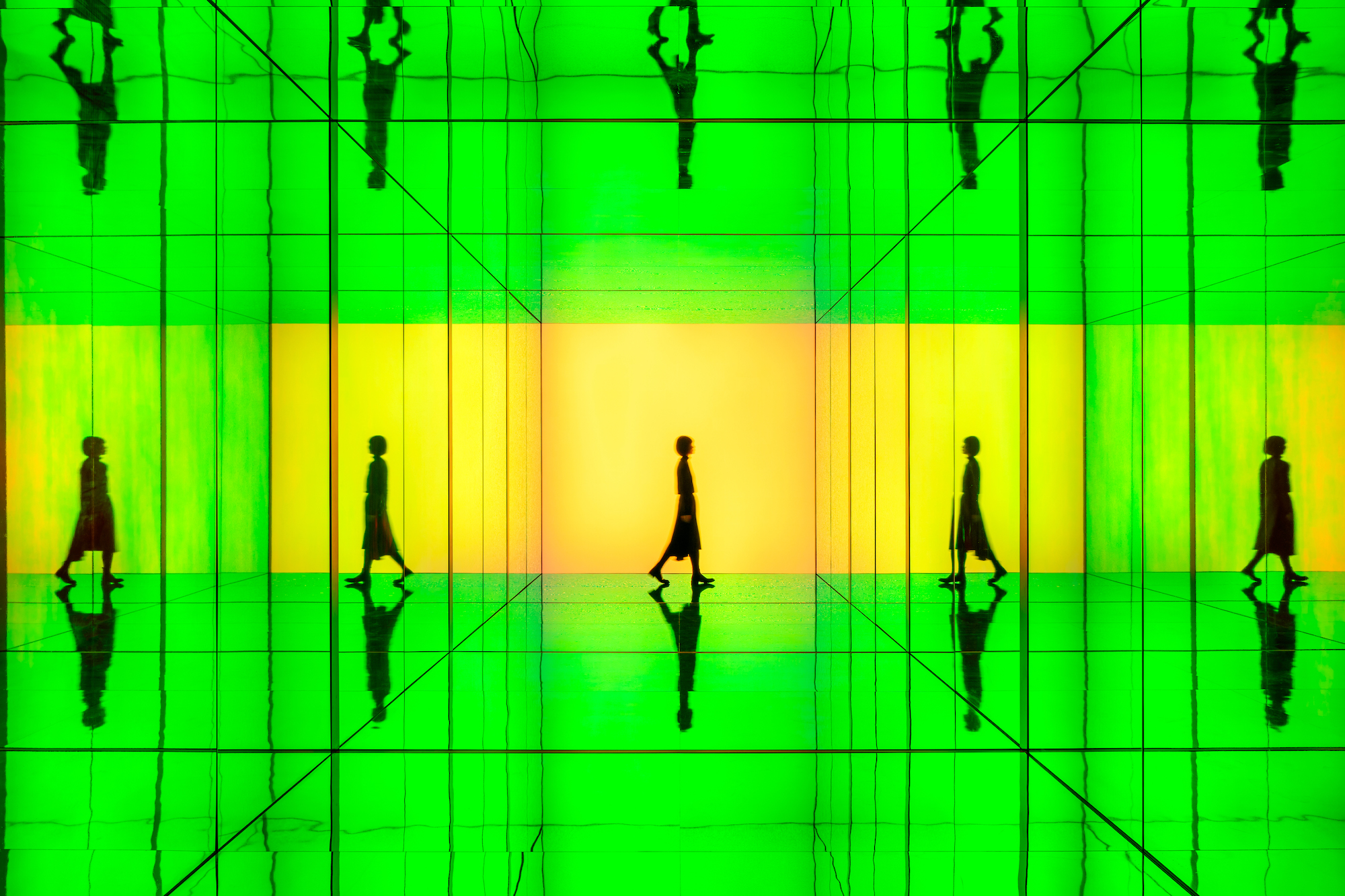

At LDF, Sony Design invited visitors to explore new meta realities and walk through a life-sized installation, with sensors detecting human movement triggering changes in colour, light and sound with the aim of sharpening people’s awareness of visual and aural sensations. And The Conran Shop, in conjunction with It’s Nice That, an online platform for creatives, presented the show Meet Me in the Metaverse (header image), where design buffs encountered virtual representations of design classics envisioned by artists. Visitors entered a blacked-out environment illuminated only by screens aglow with these images of virtual must-haves.
Effect Magazine is brought to you by Effetto



